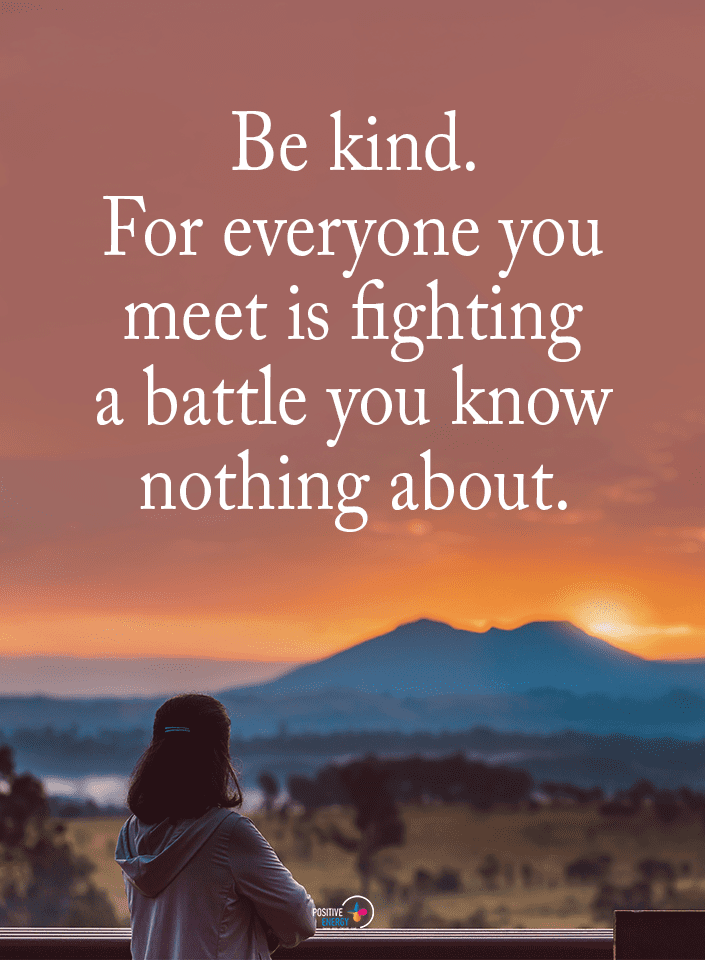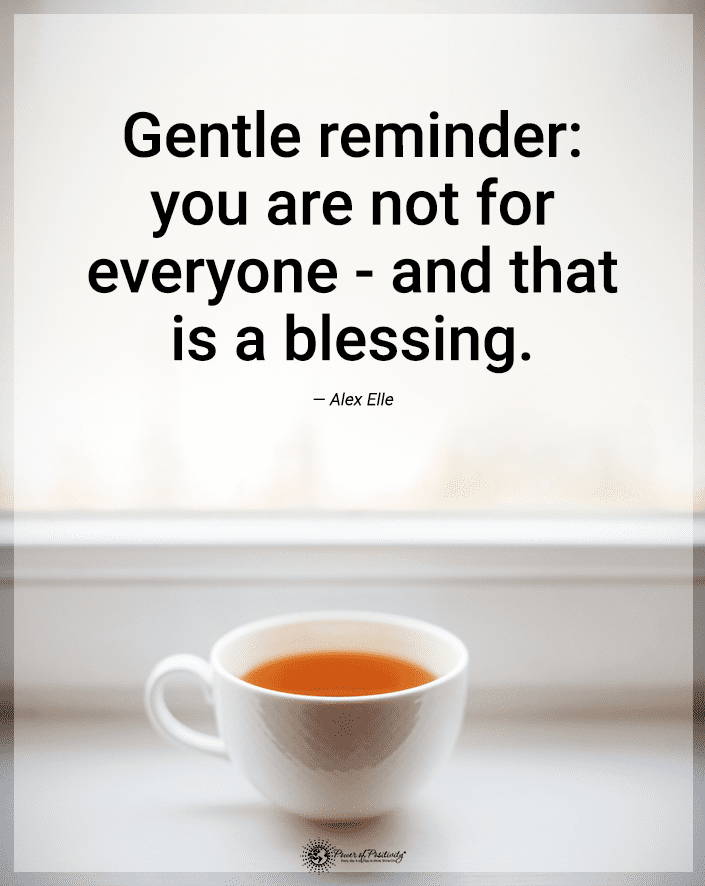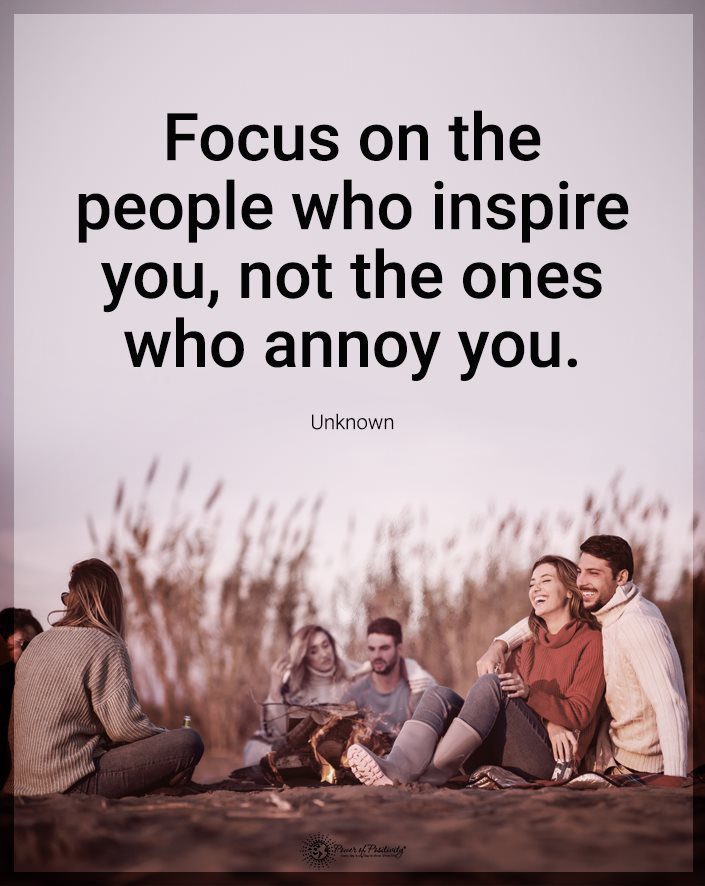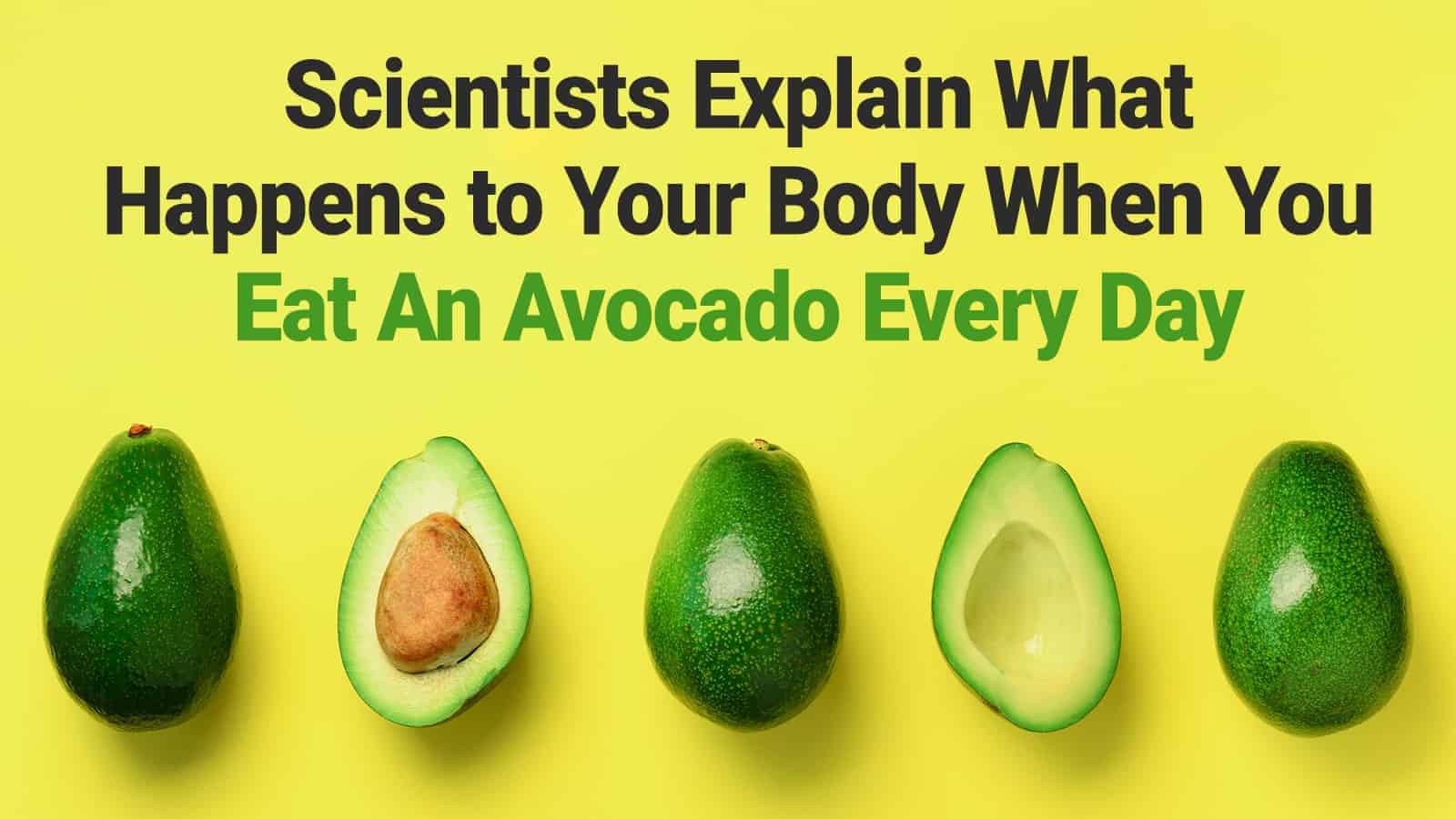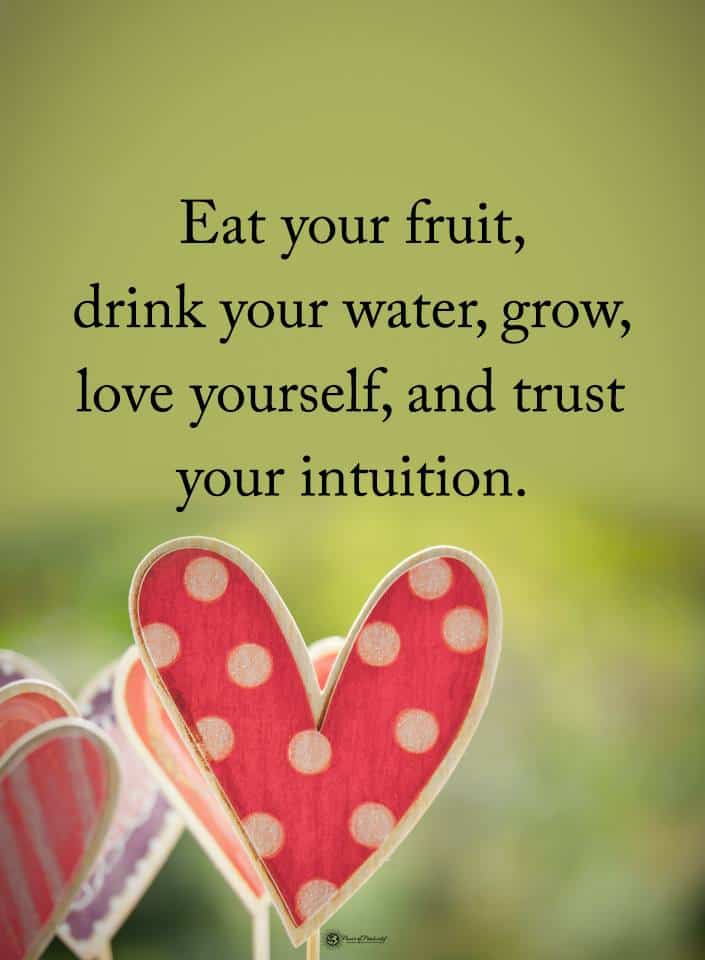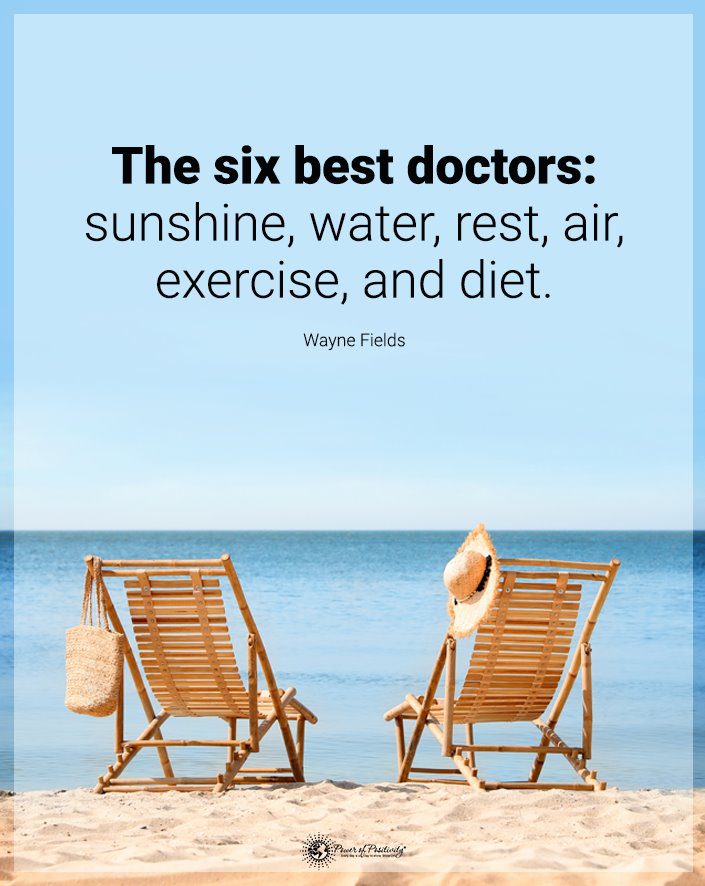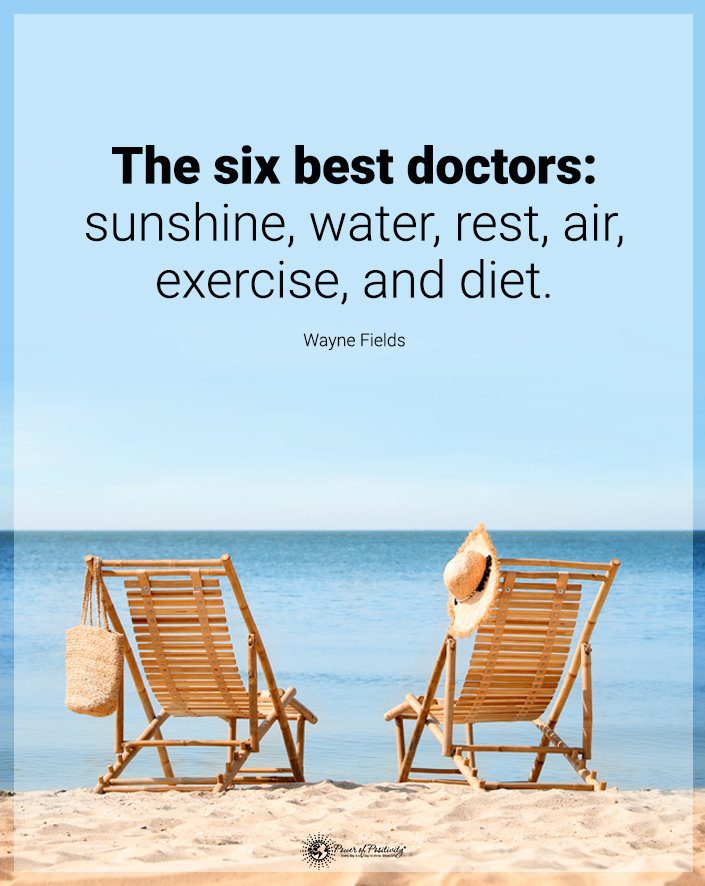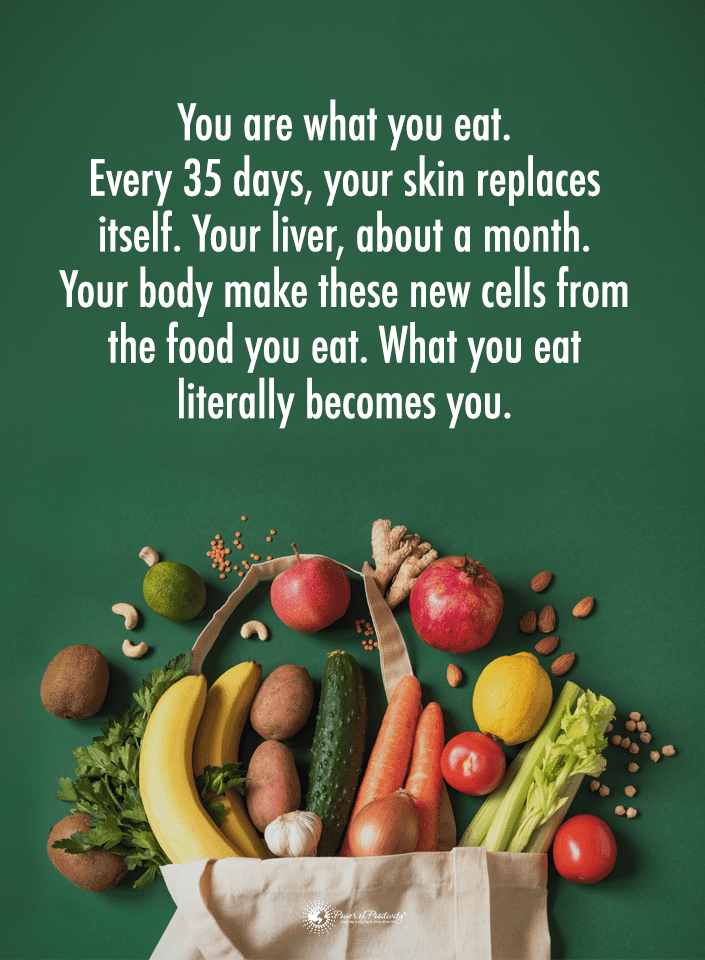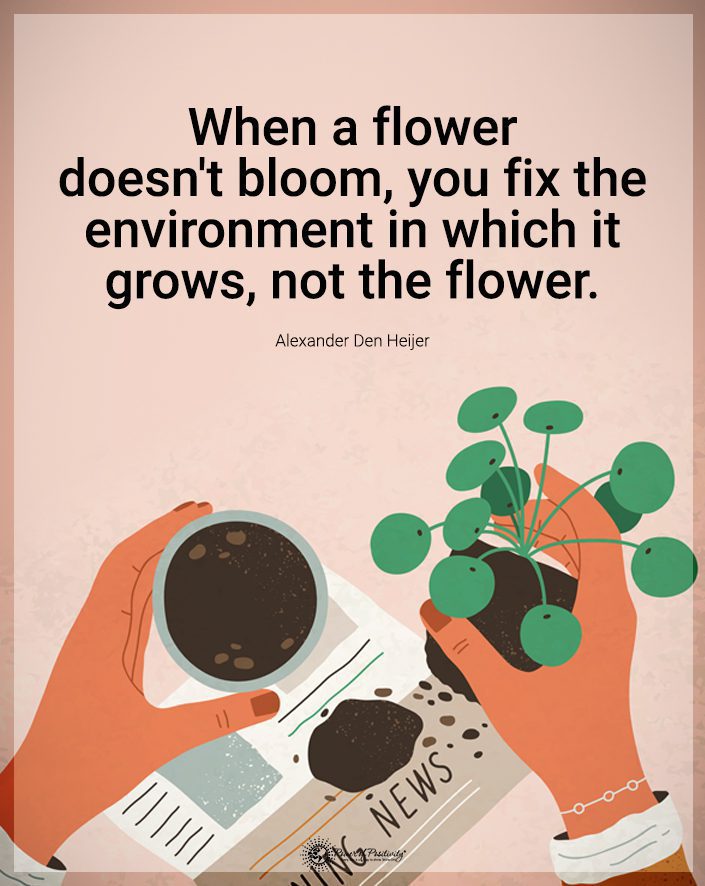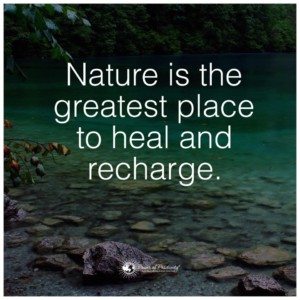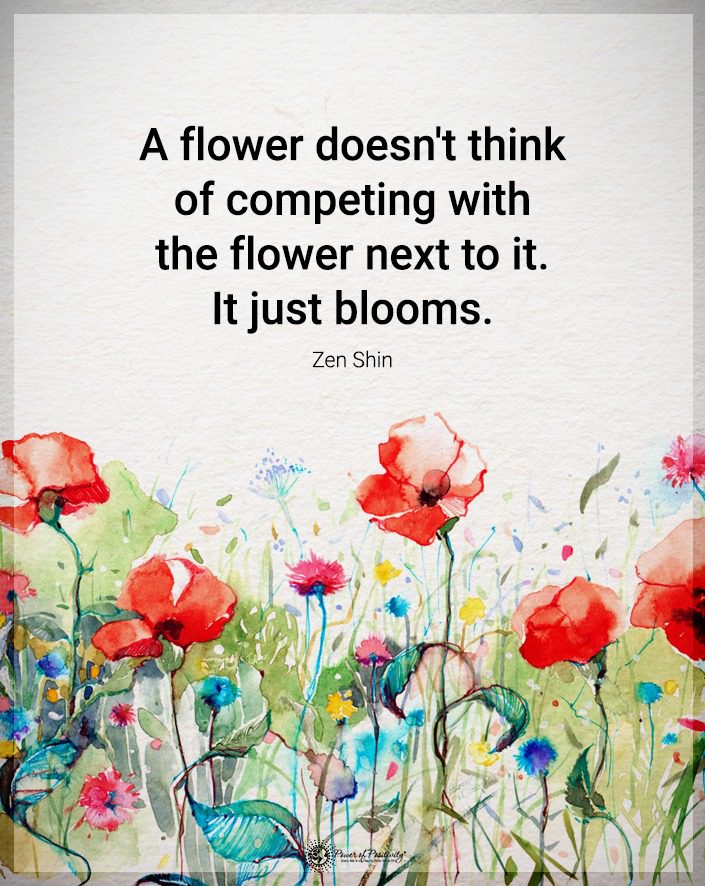Hoarding disorder, also known as compulsive hoarding, is characterized by the excessive accumulation of items and objects regardless of value. It involves the refusal to part with even the most seemingly useless things because hoarders perceive a close emotional connection with each item.
Hoarding disorder is comorbid with many other conditions affecting motivation, executive function, and compulsion. These include ADHD, OCD, anxiety, and depression. In addition, many hoarders also have traits of anxious attachment, avoidance, paranoia, and schizotypal disorders.
However, these factors don’t define or determine the existence of hoarding behavior. They may predict risk factors, but hoarding is a complex compulsion that’s difficult to comprehend. Here are three red flags that reveal a hoarding disorder.
Hoarding Disorder Sign #1 – An Unhealthy Attachment To Possessions
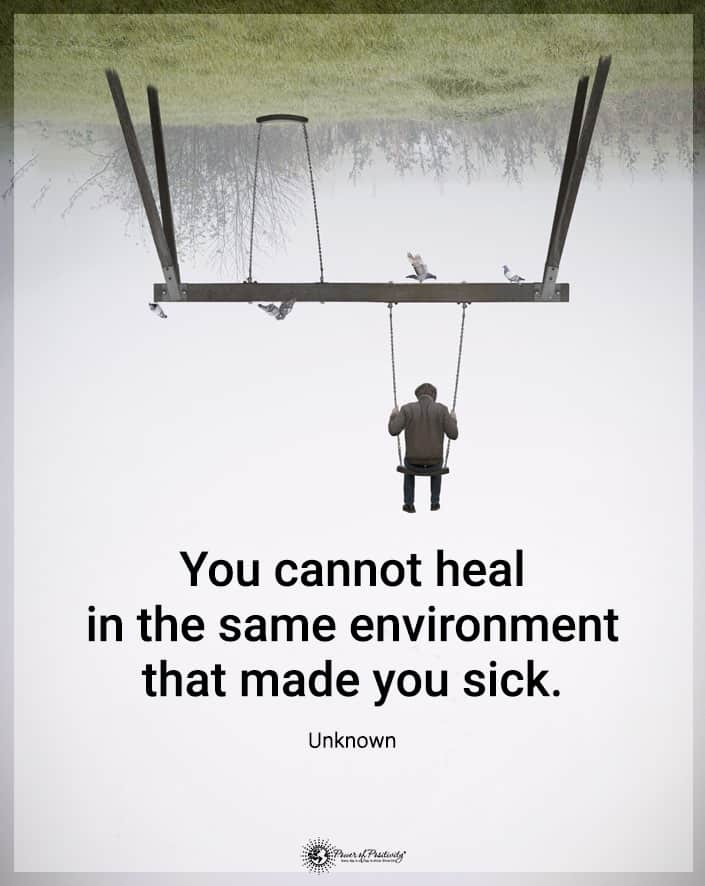
There’s a reason that people with hoarding disorder refuse to part with their items. They typically assign an important attachment to all their objects, no matter what those objects are.
Research shows this may be because hoarders anthropomorphize the items they own. After all, many studies show that anthropomorphizing things increases the sentimental value they hold to us.
Some hoarders also rely on objects for soothing mental distress and become anxiously attached to each part of their so-called collection. This forms a feedback loop: they hoard to manage distress and loneliness, become more isolated because of their home conditions, and hoard some more to cope.
Here are some common red flags of unhealthy possession attachment in those with hoarding disorder:
-
Hoarders Even Consider Trash Valuable
Someone with a hoarding disorder typically has difficulty differentiating between items with value and those without. You’ll see total junk evenly kept among things of genuine sentimental or material value, and hoarders will consider all items equally worth keeping. Defensiveness and adamant refusal will quickly meet attempts to refer to junk items as trash.
-
The Removal Of Items Causes Distress
Whenever an item is moved, removed, or even suggested for removal, someone with a hoarding disorder will experience significant distress. Clearing their homes and throwing out some things they cannot keep is a terrifying feeling to a hoarder, and losing any part of their collection can feel as significant as losing a limb.
-
The Number Of Possessions Is Increasing
Research shows that two-thirds of individuals with hoarding disorder continue to gain new possessions excessively. Someone actively hoarding may continue to grow their collection, which causes very speedy, exponential increases in the number of items cluttering their home.
-
Hoarders Will Guard Their Treasures Territorially
Hoarders often have trouble lending the items they have to others. If they allow someone to borrow an object they own, they’ll likely be anxious about it and will provide the borrower with a long list of rules to ensure their item remains in the desired condition.
-
They Might Discuss Their Collections Obsessively
Hoarders may be secretive about the state of their homes, but they are not shy about their fondness for their collections. On the contrary, they may talk about these items with an unusual reverence and seem proud of even the most virtually worthless objects.
Hoarding Disorder Sign #2 – Delusion Or Separation From Reality
Many hoarders experience a perspective of their habits, environment, and hoarding that is entirely separated from reality. These can be full-blown delusions or simply mild dissonances between what is real and what they believe. This may be due to factors such as:
- The gradual build-up of clutter is too gradual for a hoarder to pay attention to
- Desensitization to the environment over time
- Denial of reality for the sake of defense or self-protection
- Lack of interactions with others, creating a false sense of normalcy
- Excessive comfort from the items accumulated
So, how does this manifest? Contrary to common stigma, hoarders don’t always show signs of separation from reality. Instead, they typically look, act, and behave like any other person outside their homes. As such, you’ll need to keep an eye out for specific red flags that indicate mild to major delusion relating to hoarding. Here are some behaviors to note:
-
A Lack Of Ability To Determine The Severity Of Their Hoarding Disorder
Those with hoarding disorder may be subconsciously or indirectly aware that their home is messy, but they usually have trouble determining just how bad things have become. Even in the most deplorable conditions, they may believe their home has a suitable living environment. This is why things like the Clutter Image Rating were developed to determine the severity of a hoarder’s environment.
-
An Insistence That Living Beings Within The Hoarding Environment Are Fine
Many individuals with hoarding disorder have pets; some may have children or other dependent loved ones living in their homes. Unfortunately, when the welfare of these dependents is brought up to them, they may be completely blind to the plight of those dependents. They may even believe they are a good provider, parent, or caregiver.

-
A Belief That They Will Find Uses For All Items
Many hoarders believe there is an excellent reason to keep the items in their homes. Here are a few typical examples:
-
- They collect old furniture and broken devices, claiming they will repair or refurbish them
- They collect craft-related items, claiming this will be a part of their brand-new hobby
- They’ll keep old, cheap plates, claiming that one day, they could be valuable
- They’ll keep newspapers because they think they need to remember every day.
Hoarders believe there’s a good reason to keep all their stuff, no matter how odd and strange those reasons may sound to us.
-
A Belief That They Are Special To Their Collections
Some people with hoarding disorder continue to hoard because they believe their collection needs them. They may think they’re the only ones who can see the potential, beauty, or value in certain objectively useless items. Unfortunately, this also extends to other living beings, as animal hoarders may believe only they can provide their pets with the care they need.
Hoarding Disorder Sign #3 – An Extremely Messy Or Unsanitary Living Environment
This is probably the most commonly known symptom of a hoarding disorder. It logically tracks that when you refuse to part with items and likely continue accumulating them, your home becomes overfilled and extremely messy, with items covering various surfaces. This makes it difficult to clean the house, leading to further issues in maintaining the environment.
But plenty of people with cluttered homes do not have hoarding disorder. How can you tell them apart? These distinctions are important:
-
Collectors
Collectors are not hoarders. They are individuals who collect as a hobby and intend to seek certain items to add to a synergized and sensical group of objects. They may collect movie memorabilia, fine dishware, action figures, rare books, or other things, some of which seem unorthodox and unusual but hold value and emotional connection to the collector.
Unlike hoarders, each item a collector keeps will have value to other similar collectors and has a purpose with meaningful intent. Some collectors may be disorganized, but this does not make them hoarders. Some collectors may fall into a hoarding state because of finances, age, mental health, physical health, traumatic life events, and other issues, but most are not hoarders.
-
Clutter-Tolerant Individuals
Plenty of people are messy, and that doesn’t make them hoarders! Some people even have a higher tolerance to clutter and mess than others. If you’ve ever had a chair or surface where you throw random items that you need to “process” or put away, then you know how quickly clutter can pile up. But on the other hand, clutter-tolerant individuals can recognize the messiness of their houses.
They are not in denial about it and often consider themselves messy and recognize the negative aspects of their environment. While these individuals may risk developing hoarding disorder due to a lack of energy to keep up with the things they have to do, most will simply be messy and function relatively well, regardless.
-
Individuals Who Need Assistance
There are plenty of people whose homes can start to look similar to the total mess of a hoarder’s abode due to a lack of energy or ability to clean up. However, a hoarding disorder requires an emotional attachment to trash and junk. Therefore, individuals who live in filth because they cannot muster to energy or time to clean are likely to be grateful for any assistance they can get.
They will not become angry about items thrown away but will be grateful to have a less messy home. But unfortunately, a house may fall into such terrible conditions due to age, disability, or health-related factors.
With those distinctions clear, here are some common signs of mess and filth that indicate a hoarding disorder:
- There are disorganized stacks and piles of various items on most surfaces
- It is almost impossible to find places to walk and move as possessions fill the house
- It is almost impossible to use anything in the house, as appliances, bathtubs, and even beds are entirely covered in junk
- Important and valuable items lost amid the junk and trash
- Waste products, such as trash, food, and even human or animal waste, have accumulated to unsanitary conditions
- There are many broken or non-functioning items in the house
- It is challenging to stay safe inside the home
Of course, it’s worth noting that most individuals with hoarding disorder may be highly secretive about their homes, barring anyone from entering. No one can clean, repair items, or even visit the hoarder’s home. It can be challenging to discern these red flags unless you gain access to these environments and see them for yourself.
Final Thoughts On Some Red Flags That Reveal a Hoarding Disorder
Treating a hoarding disorder is notoriously tricky. But it can happen, and many former hoarders recover fully and avoid a relapse. With careful professional treatment and social support, hoarders can learn to approach their objects with a more balanced mindset.

